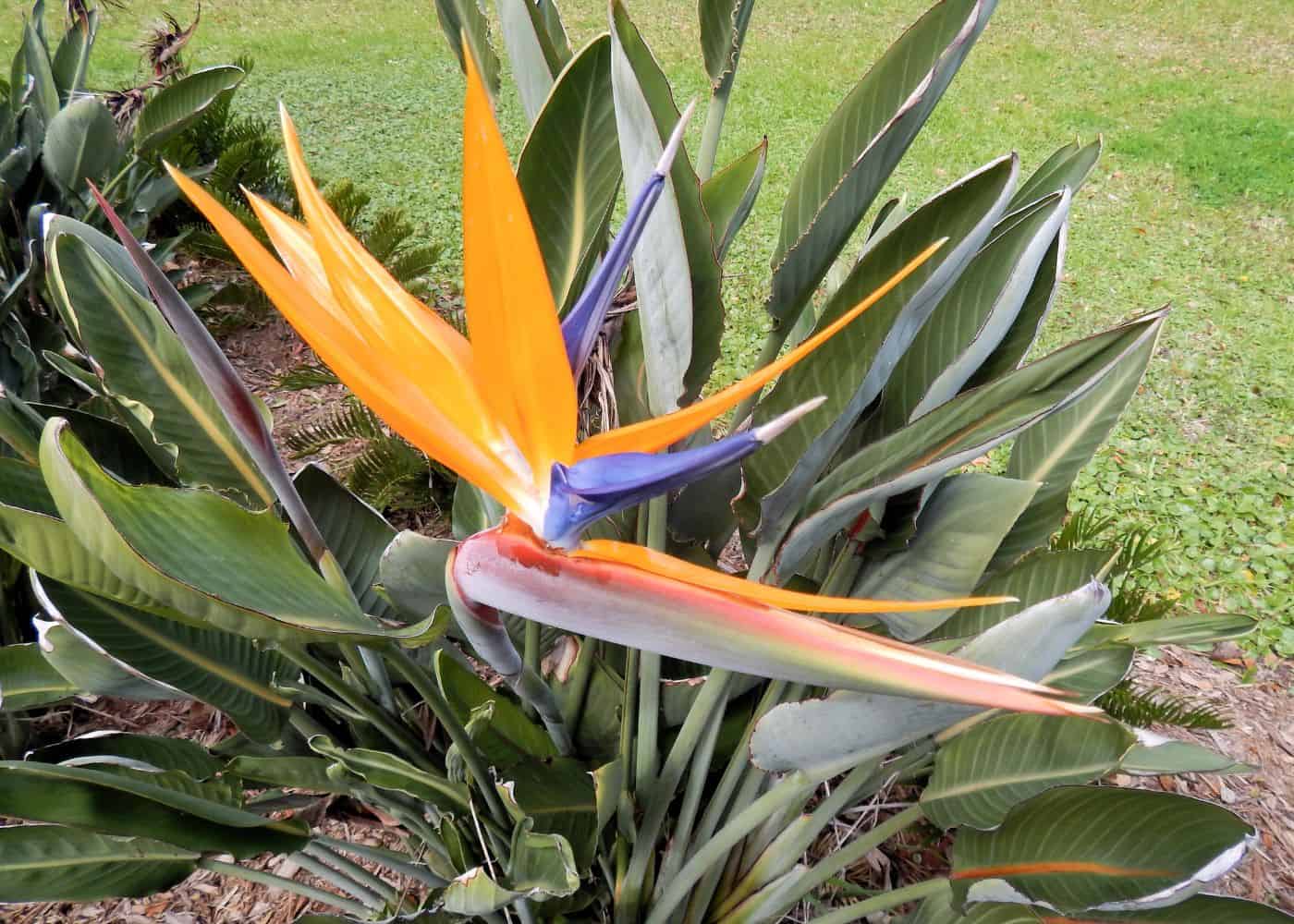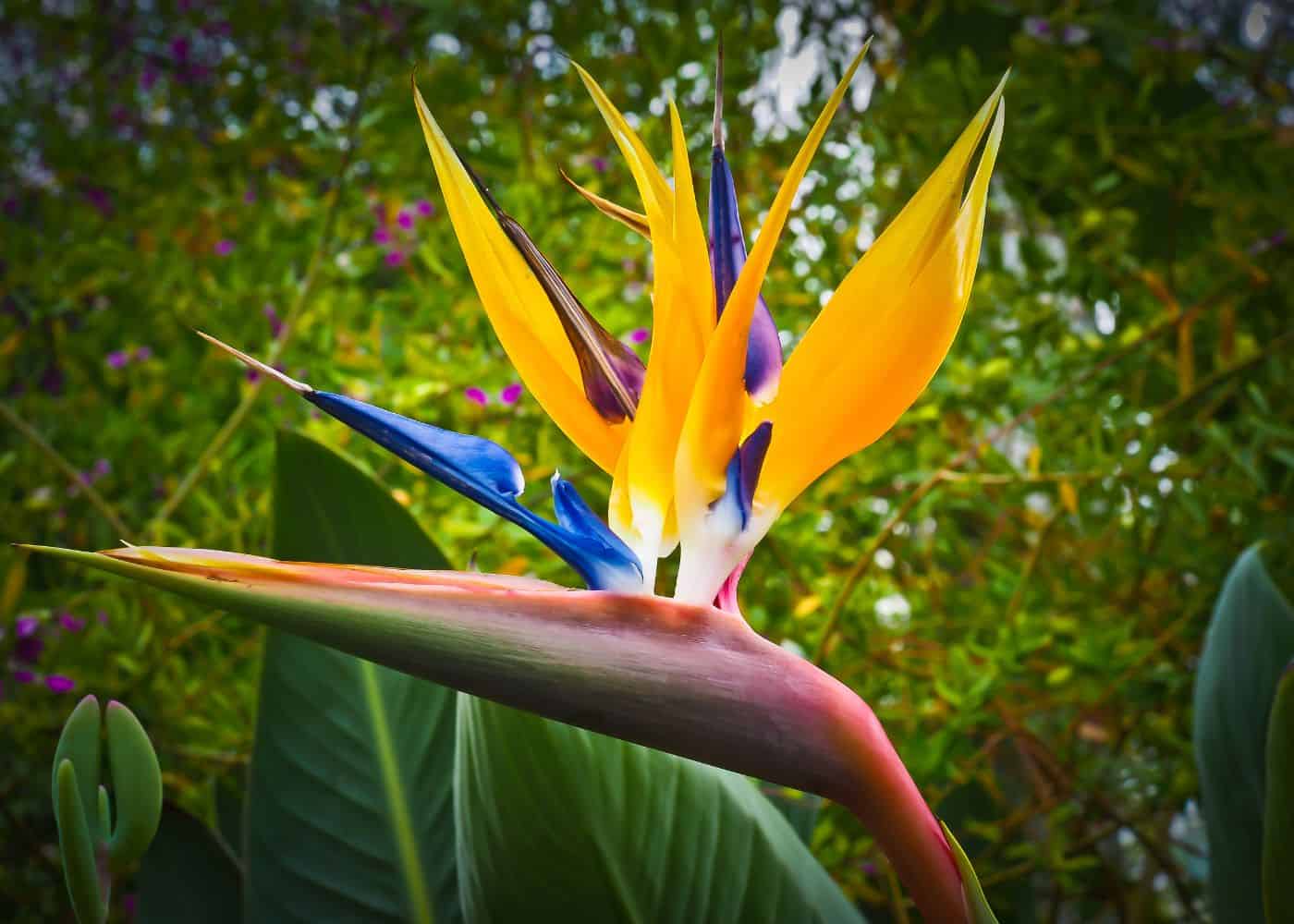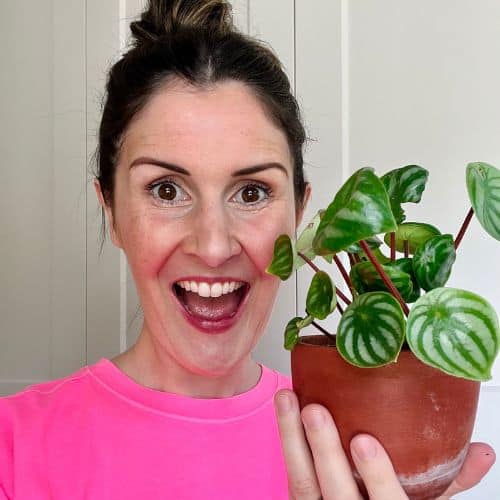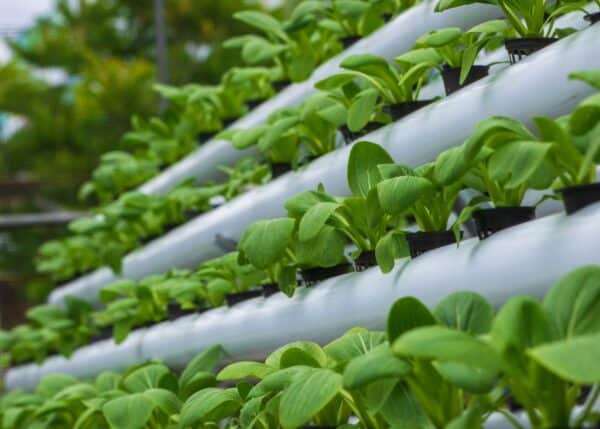Towering leafy plants are all the rage at the moment. And it appears the center of this movement, taking over from the popular fiddle leaf fig, is the bird of paradise.
Bird of paradise plants are typically grown indoors due to their tropical native environments. However, they can also be planted outdoors in warmer zones. They need partial sunlight to full sun to grow their best and produce flowers. Beyond their lighting needs, they are not fussy plants, ideal for beginners looking for a statement plant.
What is the bird of paradise plant?
Bird of paradise is a unique plant with large tropical leaves and captivating flowers. They are also known as crane flowers after the spiked blooms sporting flashes of color like orange, blue, and white.
Bird of paradise plants come from the Strelitzia genus, containing 5 different species. Of these species, two are commonly grown in both indoor and outdoor gardens around the world – S. reginae and S. nicolai.
The sizes of these plants differ between species. S. nicolai is the largest, with towering leaves and massive flowers. The other species are slightly smaller, but still feature larger leaves than many other foliage plants. This makes them great statement houseplants to fill corners in your home. If you live in the right climate, you can also plant them outdoors to turn your garden into a tropical paradise.

Where does bird of paradise grow best?
Native to coastal areas of South Africa, bird of paradise grows in warm tropical climates. They can be planted outdoors in similar conditions, but are often grown indoors to give them the environment they prefer.
Light
Bird of paradise plants need a little more sunlight than other houseplants. They grow best with a few hours of direct sun per day, as long as that sunlight is not too intense.
Outdoors, they will grow strongest in morning sun, given some relief in the afternoon to prevent scorching in the leaves. This will give the plants enough energy to flower. Strelitzias that don’t get any direct light indoors are unlikely to flower without the use of a grow light to supplement lower light levels.
Temperature and humidity
Originating in subtropical climates, bird of paradise plants cannot stand the cold. They can only be planted outdoors in USDA Zones 10-12 to avoid damage to the leaves in fall and winter. If you prefer to keep your bird of paradise outdoors in cooler climates, plant them in containers to move them indoors and protect them during fall and winter.
As they come from the coast, these towering plants also prefer high humidity levels. However, they can survive in any humidity above about 40%. If you want to raise humidity to boost overall growth, invest in a humidifier to improve conditions.
Soil
Although they can adapt well to different soil conditions, your bird of paradise will grow best in slightly acidic, nutrient-rich soil that drains well. Clay or heavily compacted soil should be avoided to prevent root and stem rot.
When planting in containers, use a high-quality potting mix amended with drainage materials like perlite or sand to prevent waterlogging.

How to care for bird of paradise
Despite their impressive stature, bird of paradise plants are not difficult to care for. In the right climates outdoors, they need even less attention.
Water
Strelitzias store some water in their thick stems, allowing them to survive when water is scarcer. They only need water every two weeks or so when planted outdoors, depending on how much rain you’re getting at the time.
As the soil dries out quicker in containers, you’ll need to water a little more often – usually around once per week. This depends on the size of the pot and changes in environmental conditions, so make sure you test the soil and wait till it is almost completely dry before watering again.
Fertilizer
For strong growth (and flowers), your bird of paradise will appreciate a regular nutrient boost. Indoor plants can be fed with a balanced liquid fertilizer around once every 6 weeks to cover all their nutrient needs. If you notice any signs of overfertilizing like damaged leaves and drooping, flush the soil and wait several months before fertilizing again.
Maintenance
There are a few maintenance tasks to add to your list of chores that will help your bird of paradise look its best.
The first is pruning. I regularly trim my Strelitzia to remove damaged or yellowing leaves. As the leaves are so large, areas of damage can really take away from the overall look. You’ll be surprised how much of a difference removing these can make.
The large leaves also collect quite a bit of dust when growing indoors. To improve photosynthesis and gas exchange, it’s best to clean these leaves around once a month. Simply wipe the leaves down with a damp cloth to remove any dust and debris.
Finally, if you’ve planted in containers, make sure you repot when the plant outgrows its container. These quick growers can get large and will benefit from regular repotting.







